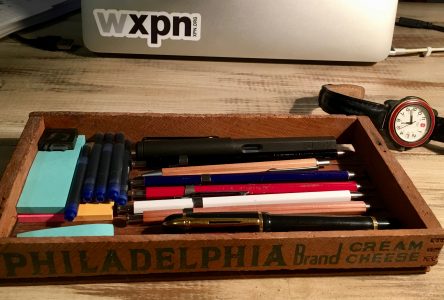In Jenny Odell’s “How to Do Nothing”, she highlights the importance of self preservation. In an ever technologically evolving world, it can be easy to get to get caught up in the latest online fads and trends. These days, individuals often attempt to monetize every aspect of one’s life. It seems as though now, success and productivity is measured by how much money someone makes, rather than the maintenance of mental health and happiness. On page eighteen, in response to a company statement regarding a change in work hours, Odell says “…there is nothing to be admired about being constantly connected, constantly potentially productive the second you open your eyes in the morning–and in my opinion, no one should accept this, not now not ever.” The nuanced idea of “doing nothing” does not truly mean people should not do productive, but rather to detach oneself from overstimulation, whether said overstimulation comes from social media, the news, work, or perhaps even other people. To “do nothing” is an act of grounding and granting yourself mental clarity. To refrain from over indulging in the “attention economy”, as Odell calls it, is to grant yourself more autonomy over what you choose to do with your own time and energy. Page twenty two reads, “…having recourse to periods of and spaces for ‘doing nothing’ is of utmost importance, because without them we have no way to think, reflect, heal, and sustain ourselves– individually or collectively”.
Odell incorporates various supplementary sources that argue in some way or another, the importance of “doing nothing”. For example, she recounts the time period in which her father “went through his own period of removal” (p.10). After quitting his job, Odell’s father “read a lot, rode his bike, studied math and electronics, went fishing, had long chats with his friend and roommate, and sat in the hills where he taught himself the flute.” (p.10) After this interval of time, he returned to his previous job with a new mindset and sense of inspiration, making it possible for him to work his way up within the company. While what Odell’s father chose to do in those two years may not seem conventionally productive, it proved to be a period of self realization and growth; in reality it was quite productive because he developed as a person, and was better at his job afterwards. Upon returning to work, he was described as having a “renewed energy and a different perspective.”(p.11) In explaining her father’s newfound creativity and clarity, Odell quotes John Cleese, who says that the five required factors for creativity are “1.Space 2.Time 3.Time 4.Confidence 5.Humor”. In her father’s case, he had two years where he essentially “did nothing” in the sense that he was not working and making money, and he was able to truly foster a new sense of creativity.
The act of “doing nothing” and the refrain from engaging in the “attention economy” is an act of resistance in this capitalistic society. On page twenty three, Odell references a quote from a book by Gabrielle Moss, “self care is poised to be wretched away from activists and turned into an excuse to buy an expensive bath oil.” Self care is most commonly considered as solely aesthetic, encouraging and convincing people to spend money on tangible items meant to make them feel better about themselves. In reality, self care spans beyond the physical plane; taking care of your mind and your emotional well being is just as equally, if not more important than maintaining your physical appearance. Disconnecting from social media, refraining from watching the news constantly, and differentiating between time for leisure and time for work are several ways to “do nothing” in order to care for yourself. Odell describes her love for going to the Rose Garden near her house in Oakland, as well as interacting with and watching birds. These simple acts are what she considers “real”, and seem almost meditational for her.
By allowing yourself to freely think without constant stimulation, you become more aware of your surroundings. On page eight, Odell describes her gradual ability to differentiate between various bird songs. She compares this to when she realized her mom spoke three languages, as opposed to only two, which she had previously thought. “This type of embarrassing discovery, in which something you thought was one thing and is actually two things, and each of those two things is actually ten things, seems like a simple function of the duration and quality of one’s attention. With effort, we can become attuned to things, able to pick up and then hopefully differentiate finer and finer frequencies each time.”


